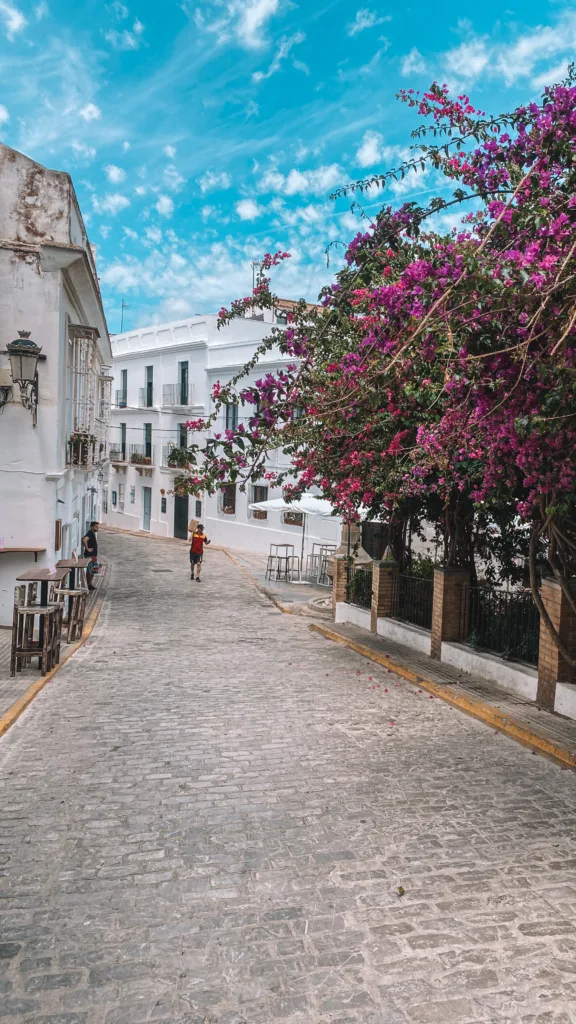Tarifa, located at the southernmost tip of Europe, is best known as the Mecca for kite- and windsurfers. But what many people do not know is that Tarifa is also heaven on earth for gravel bikers. Here we cycle the round 'Fin del continente', or the end of the world. And that describes exactly the feeling you sometimes have when gravel biking in Tarifa.
Gravel biking in Tarifa is a party
Overlooking the Atlantic Ocean on one side and the Mediterranean on the other, gravel biking in Tarifa is a treat. Unlike much of the Mediterranean coast, nature here is pristine. From the moment you step on your bike, you are enchanted by the kilometres of sandy beaches where hundreds of kites dance through the air and the green-blue sea water sparkles. You will find protected natural parks with rolling hills and a green landscape, where millions of birds migrate every year on their way to Africa. With a bit of luck, you can spot whales, dolphins and even orcas in the waters around Tarifa.

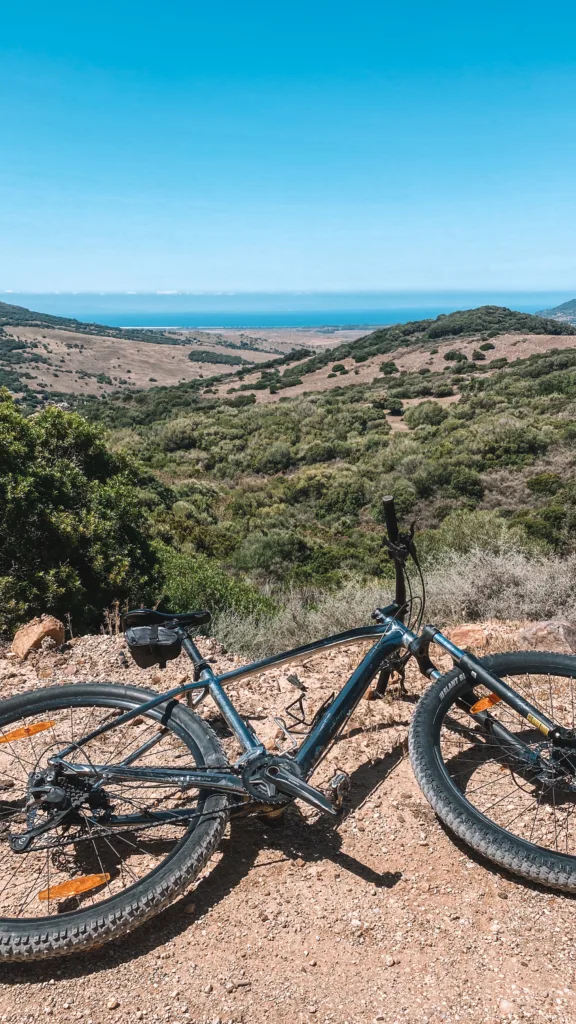
Animal mess
We start our 45-kilometre bike ride at Repack Bicycles in Tarifa. From there, we cycle a bit along the provincial road. As you can expect in Tarifa, it is fairly windy, so we have to pedal briskly. Soon we turn off and ride into farmland. We meander around cows standing on the road surface, oblivious to cyclists.
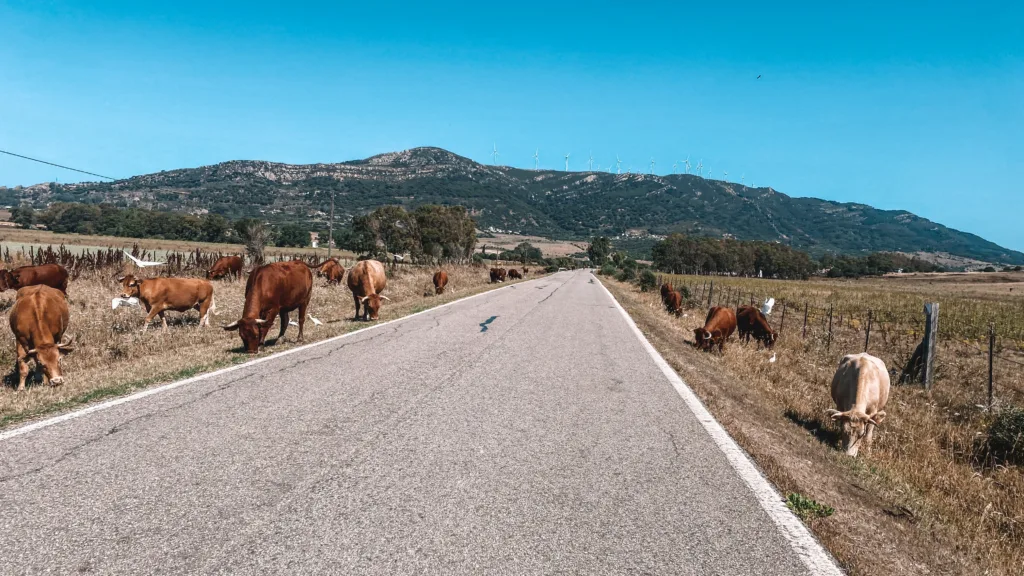
Then a steep climb to the top of the mountain begins. Looking back, we can see for kilometres: we can see the sandy beaches, the white houses of Tarifa and the coast of Morocco. The further we cycle, the quieter it gets and the rougher the roads. Apart from a few farmers and cyclists, it is mostly animals we encounter. Horses, goats, donkeys, pigs, cows, they all roam freely here.
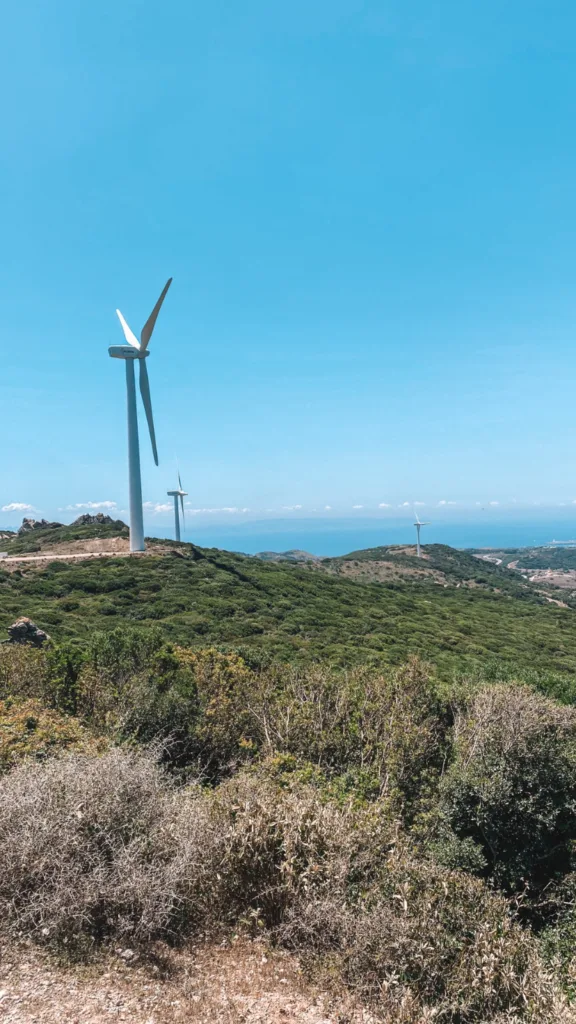

Cooling down at a well
We cycled along kilometres of gravel paths winding through the mountainous landscape. Because we were not given a water bottle at the rental, we could only carry a little water. Too little. The cooling ocean breeze, is therefore very welcome, but regularly disappears behind one of the hills. The Andalusian heat is then well felt. About two-thirds of the way, we hear the sound of running water. It turns out to be a water pipe flowing into a well. Very nice! We fill our bottle and throw a splash of water in our face. The cooling water does us good and then we start the final stretch of the climb.


Ocean breeze in the Strait of Gibraltar
When we reach the summit, we are immediately rewarded with another fantastic view. Monte Musa, an 800-metre-high mountain in northern Morocco looms ahead of us. Cargo ships sail through the Strait of Gibraltar, one of the busiest waterways in the world. Once we cross the mountain, the descent along the provincial road to Tarifa begins. As soon as we start it, the ocean wind immediately rages in our faces again. In fact, it is so strong that the wind slows us down somewhat. After all the heat, I now get very cold for a moment.
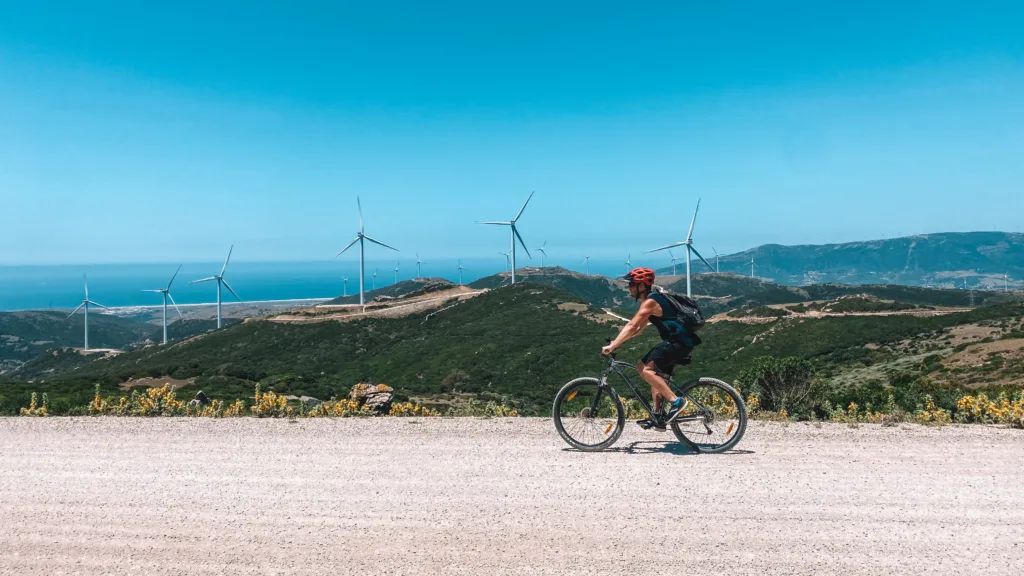
And then we are back in Tarifa. After a fine bike ride, you can catch your breath in the cosy town with its narrow white streets. Eat a cake at La Tarifeña, an authentic family bakery. Enjoy the tastiest tapas at Bar El Frances or plop down in a beach bar for an ice-cold drink and take a refreshing dip in the Atlantic Ocean. A concrete connection has been created between the town and the nearby island, separating the Mediterranean Sea and the Atlantic Ocean, a unique spot in Europe at the southernmost tip that is definitely not to be missed.
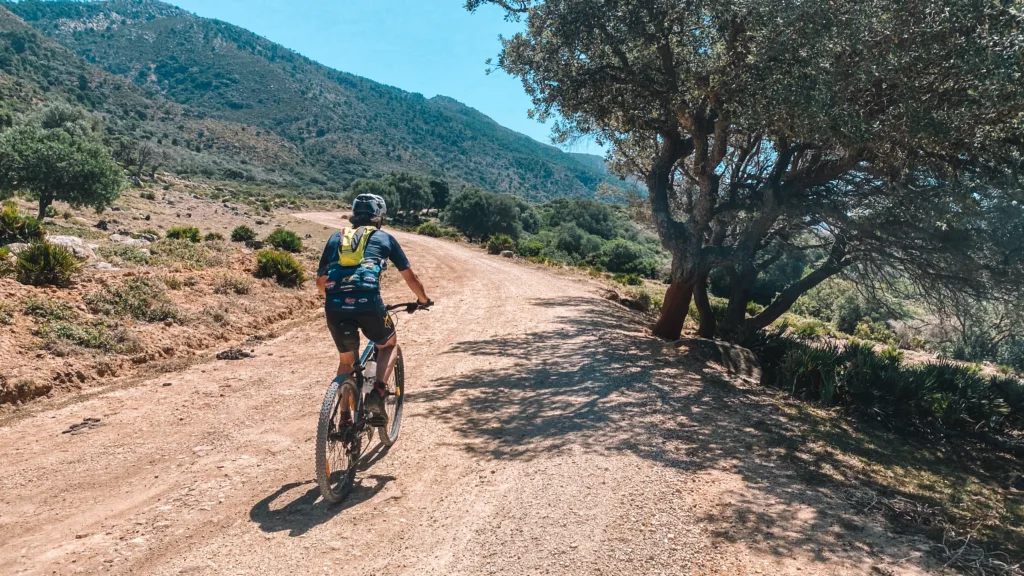
Tips:
- Renting a gravel bike proved to be fairly difficult in Tarifa. You can see them, but the rental companies don't seem to be that far along yet. However, there are plenty of opportunities to rent a mountain bike. We did so at Repack Bicycles for 25 euros a day. If you would still like to have a gravel bike, you could also look in Algeciras (20 km drive). There are more bike shops there. or at CyclingRentals.
- Bring plenty of water and food. You will find almost no catering outlets along the way.
- In Tarifa, the wind blows about three hundred days a year. In the late afternoon, the wind is generally stronger than in the morning. Afshore winds coming from inland are firmer and gustier, than onshore ocean winds.
Also read more of Nynke's adventures:
- https://cyclingdestination.cc/verhalen/bikepacking-trip-in-een-vreemd-land
- https://cyclingdestination.cc/verhalen/fietsroute-in-noord-drenthe-dwars-door-het-veen
- https://cyclingdestination.cc/verhalen/gravelen-in-de-achterhoek-de-hit-van-2022

